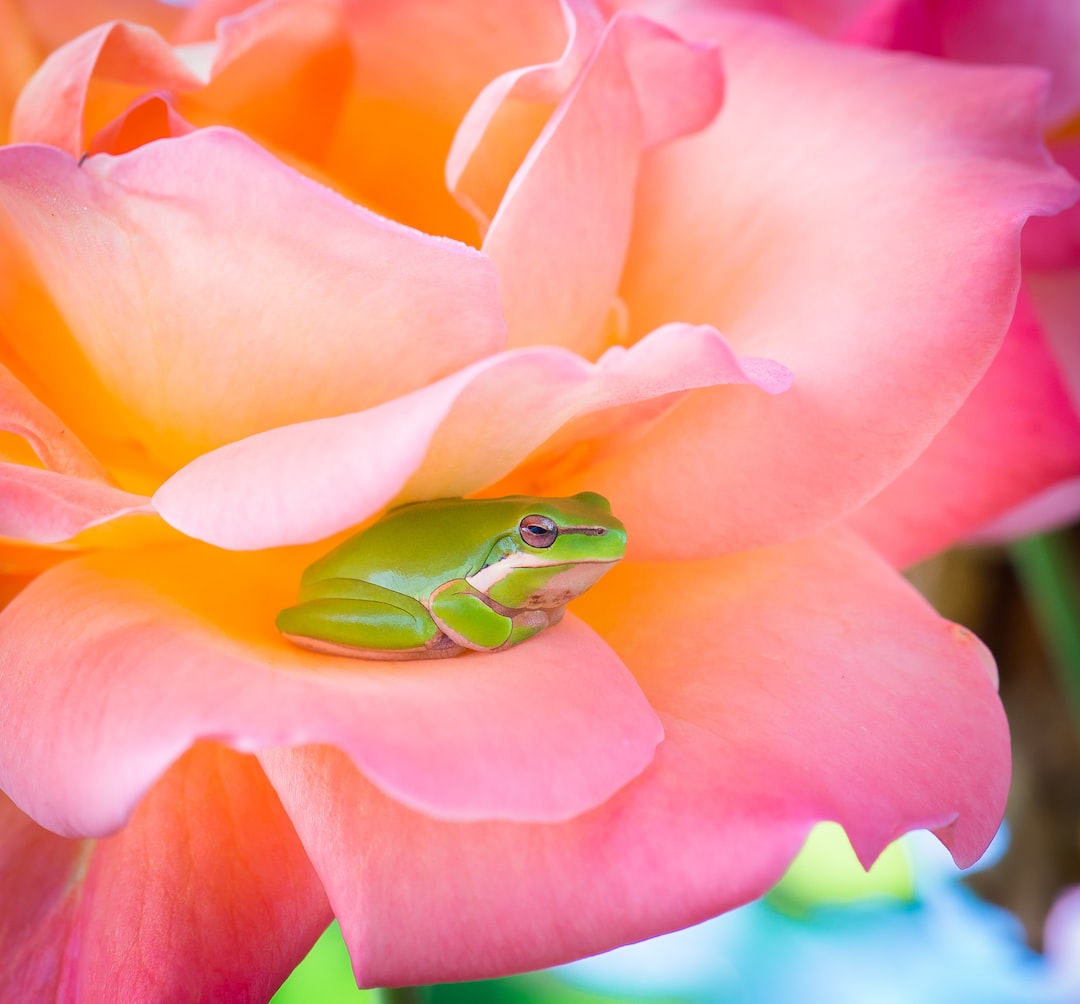The Secret Lives of Bees: Exploring the Intricate World of Pollination
When we think of bees, we often envision buzzing insects flying from flower to flower, collecting nectar. However, the lives of bees go far beyond what meets the eye. In fact, the intricate world of pollination, which bees play a crucial role in, is a fascinating and essential part of our ecosystem.
Pollination is the process by which pollen is transferred from the male part of a flower to the female part, allowing plants to reproduce. While bees are not the only pollinators in nature, they are perhaps the most important ones. Bees have developed specialized adaptations that enable them to efficiently pollinate a wide variety of plants, making them essential for agricultural and ecological sustainability.
One remarkable characteristic of bees is their pollination behavior known as “flower fidelity.” Bees have an impressive memory and are known to stick to one type of flower before moving on to another, ensuring the successful delivery of pollen. This behavior allows plants to reproduce effectively without intermixing different species of pollen, which could lead to genetic instability.
Not only do bees have a remarkable memory, but they can also “see” ultraviolet light that is invisible to humans. Many flowers have specific patterns or markings that are only visible in ultraviolet light, guiding bees towards their nectar. This adaptation shows the intricate relationship between bees and flowers, as they have coevolved to support each other’s survival.
Bees also have specialized body structures that aid in the pollination process. As bees collect nectar from flowers, they inadvertently brush against the plant’s pollen-bearing structures, called stamens. The pollen then sticks to the bees’ fuzzy bodies due to electrostatic forces. When the bees visit another flower of the same species, the pollen is transferred to the stigma, the female part of the flower, allowing fertilization to occur.
However, not all bees are equal when it comes to pollination. Different bee species have varying preferences for specific types of flowers, which influences the plants they can effectively pollinate. Some bees are generalists, meaning they visit a wide range of flowers, while others are specialists, focusing solely on a single type of flower. This specialization is vital for the survival of both bees and plants, as it ensures the availability of food and enables efficient pollination.
Unfortunately, the world of pollination is facing numerous challenges. Climate change, habitat loss, pesticide use, and the spreading of diseases are threatening bee populations worldwide. The decline of bees would have catastrophic consequences for the ecosystem, as many plants rely on them for pollination. Without bees, we would lose a significant portion of our agricultural crops, compromising our food security.
To protect bees and their essential role in pollination, it is crucial to raise awareness and take action. Planting bee-friendly gardens with a wide variety of native flowers can provide bees with a sustainable source of nectar. Avoiding the use of pesticides and supporting organic farming practices can also contribute to their well-being. Additionally, creating and preserving habitats such as wildflower meadows and bee hotels can provide nesting sites and food sources for bees.
In conclusion, the secret lives of bees hold a vast and crucial role in our world. The intricate process of pollination, facilitated by bees, is indispensable for the functioning of our ecosystem. We must appreciate and protect these incredible creatures to ensure the sustainability of our food systems and the preservation of biodiversity. By understanding and valuing the hidden world of pollination, we can work towards a healthier and more sustainable future.

